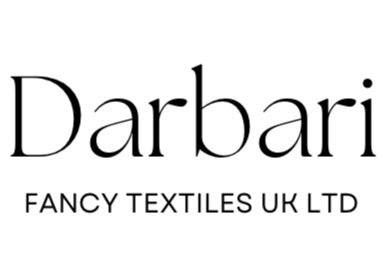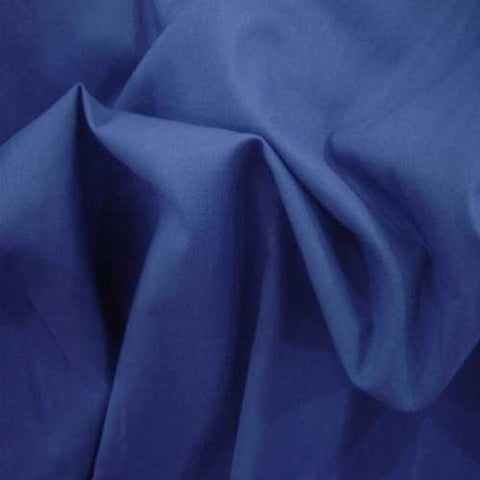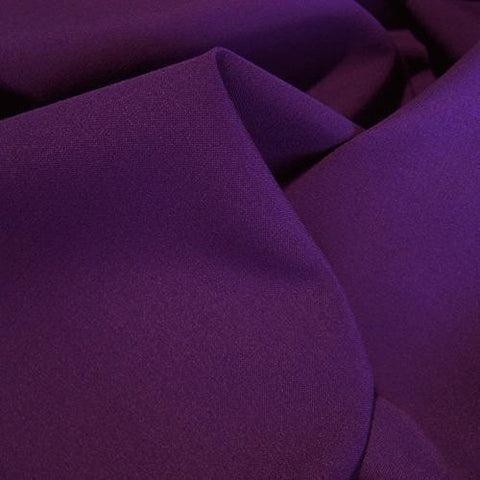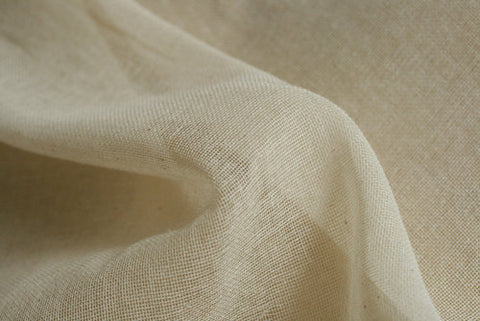
A Guide to Different Turban Materials | Turban Fabric Guide
Turbans have served as a religious symbol for the communities. If we talk about the importance of turbans for Sikhs, then the complusion for all the Sikhs to wear turbans by Guru Nanak Ji states that clearly. It was to cover their head and hair, rooting a deep spiritual meaning.
Sikhs are not permitted to cut their hair from any body part. The dastar is a way of keeping the hair on the head intaglio. Referenced from Sikh history, Master
Gobind Singh Ji tied excellent dumas (adjusted turban) on the heads of both of his senior children, Ajit and Jujhar Singh. Rajputs also showcase their royalty and dignity by wearing turbans. It makes them powerful and royal.
With traveling and settling down in different countries, people of diverse communities are present in every corner of the world. All over the world, Sikhs tie turban in different styles. There are choices for different turban materials.
After all, a turban adds a charm to the look other than showing off your culture.
Turban Size and Material
The standard size of turbans measures around 5m (length) x 1m but may vary from 5 to 8 meters. Nihang Singh wore a turban as long as 10 meters.
Always keep in mind that different styles of turbans require different sizes. Some are as follows –
- If you want to rock your look with Punjabi style turban, you need 6-7.5cm double-stitched material.
- If you love Kenya style, you must have 6m material.
- Rajasthani style requires 5m material.
The style, the length, and the material depend on you. You can choose and customize your turbans.
Moving on, the common fabric used for making turbans is cotton. Everyone knows why cotton is the primary choice for making turbans. The advantages speak for themselves.
No other fabric is as reliable as cotton for comfort, durability, and weight. Other than cotton, other materials used are Rubia, full Voile, staple, and F74, also known as Malmal.
Often the beginners found it tough to find the appropriate material for their turbans. Honestly, it's not an easy task! There are thousands of questions running through your mind. Which material is perfect? Whether I should choose this fabric or not?
Are you one of them? Well, you don't have to go through such obstacles. Darbari will sort out all your problems and mend a path to make you choose the appropriate fabric for your Turban.
Here is a list of fabric/materials used for making Turban. You can compare the specialties of all and choose the appropriate option.
Rubia
If you are looking for soft material with a touch of thickness, Rubia works best for you. Rubia yarn is a firm fabric, making it a weighty material when used for making turban. It offers arear resistance, making it a perfect choice for a turban.
Rubia Voile

Another fabric hitting the list is Rubia Voile. It is made up of 100 kinds of cotton mixed with voile and Rubia yarn. Soft fabrics are an excellent choice for making a turban as they will keep your head cool and away from being burned offered by heavy fabrics.
Although not many people are aware that the composition of the fabric makes it light and durable for turbans. It has a unique blending quality that offers the fabric strength and makes it last longer than full voile and Malmal. After a wash, it softens, but the quality remains the same. The quality of Rubia makes it unique and perfect fabric for making Turban.
Full Voile
Turbans serve as the pride of Sikhs and Rajputs, but summers are a bit harsh for it. What would you do in harsh summers? Will you compromise it or switch to something fresh and lightweight material?
Full Voile is a soft, sheer, medium-weight material and versatile fabric. It is 100% cotton or cotton blended with linen, giving the best quality Turban.
The fabric is kept in the dying process, ensuring deep rich color and quality finish. Full Voile has a semi-transparent finish, giving a fresh and light look to your turban. It is often used in soft furnishing due to its light texture and soft feel.
Malmal
Which fabric is favourable for children? Let me guess, the thinnest and softest material will work for them, right? Presenting you the thinnest and lightest material for making turbans, Malmal.
Malmal is also known as F74 and is an ideal material for children trying turban for the first time. Due to its flexibility and high quality, it's the primary choice for making Dumalla-style turbans. It does not need soaking and is perfect for making turbans for children.
Tip Top Voile

Some people find Malmal too thin but want an alternative for the same. In that case, Tip Top Voile does wonders. It’s a similar material to Malmal, slightly more robust. The composition does not compromise the softness and quality of the material.
It’s not too thin like Malmal and not too thick like full voile, the perfect combo of the two fabrics. One can say that it's a superior version of Malmal for superiority.
Tasar

Another unique material used for making a turban is Tasar. Also known as a staple, is a different material mixed with standard turban material consisting of synthetic and cotton.Tasar is a little heavy and thick material than standard material, and, that's why is not preferred much for making turbans.
Although the material is soft to touch but feels heavy on the head, who wants to compromise with the heaviness?
Parna
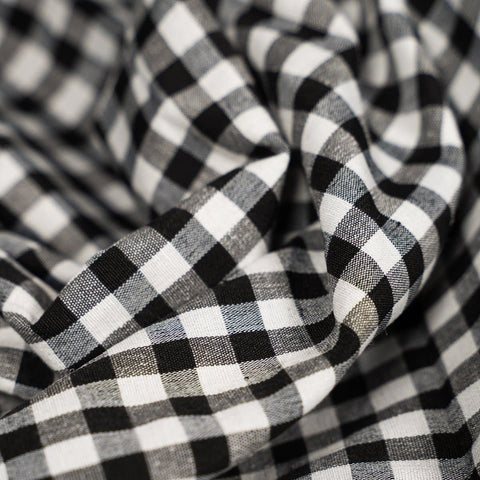
Another material hitting the list is Parna, which is 100% cotton and thicker than the standard material. The material is breathable and is similar to other textiles.
Usually, people don't prefer this as they have Rubia, Full voile, and Malmal. In any which way, Parna can be a choice if seeking a breathable cotton material.
Turban still holds its significance in today's world. Its history and its authenticity make it crucial for religion. With such beautiful materials available for turbans, how can someone wait for weaving them into turbans? Grab the finest quality turban material from Darbari.
